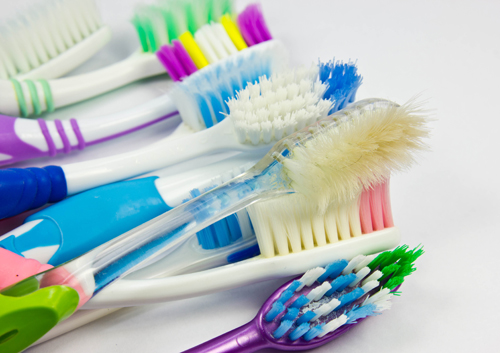Been a While? Come See Us!
September 23rd, 2020

Guilt is a powerful feeling. It can keep you from doing many things, including going to the dentist. The good news is that Gary Yanowitz, DDS is a judgement-free zone, and coming back (even after an extended period of being MIA) can be easier than you think. Our goal is to make you as comfortable as possible during your first appointment back with us — so here’s a little overview of what you can expect.
We’ll start with a series of dental X-rays, which are usually taken every three to five years. The set of X-rays will depend on your individual needs and it will help us get a more thorough look at what’s going on with your dental structure and keep an eye out for any prominent dental issues.
Next up will be your hygiene appointment. That appointment will consist of a review of your medical history and be followed by a thorough cleaning of your teeth. This is the perfect time to share concerns you may have about your oral health and ask us questions.
You’ll finish up with a comprehensive exam, which will review everything you covered with the hygienist. Dr. Gary Yanowitz will go over your medical history with you and address any dental concerns that might remain. If any special treatment is needed for such issues as cavities or broken fillings, we will discuss that with you as well.
Once all that is done, you’ll head over to the front desk to talk about payment and scheduling your next appointment. And that’s it! Your first visit back is an important step toward continuing to look out for your dental health.
Just because you slacked for a little while or life got in the way, this doesn’t mean things have to stay that way! We’re happy to help you get you back on track, so schedule an appointment at our Cooper City, FL office today!



